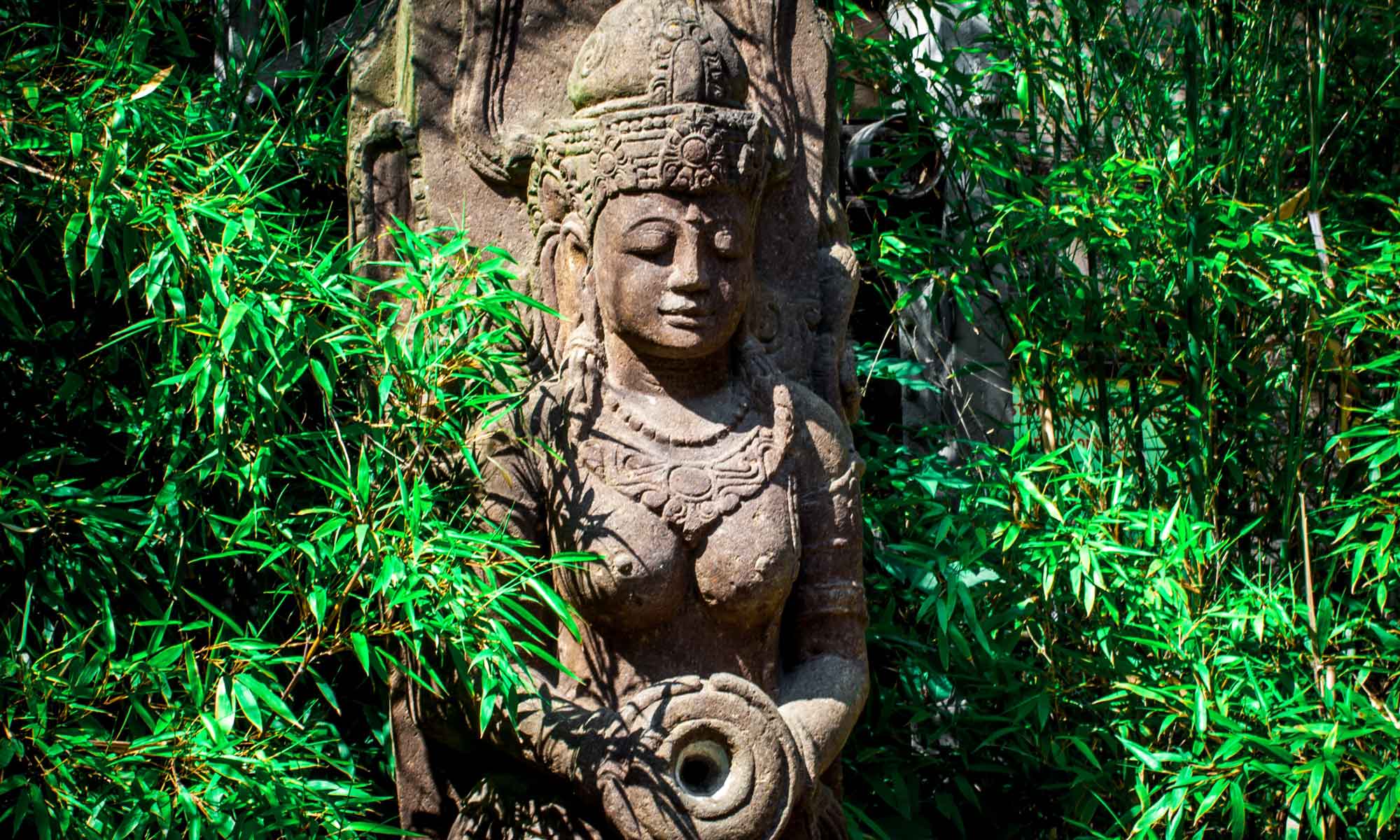Fierce and Beneficent Female Figures and their Evolution from Prehistory into Modern Folkloric Witches and Fairies and their Enduring Iconography

Many Neolithic cultures were equalitarian and matrilocal. After the migrations of the patriarchal Proto-Indo-Europeans throughout Europe, South Asia, and elsewhere, the cultures and the religions of the indigenous peoples were changed. “Great”-Goddesses of the life continuum which were worshipped by the indigenous peoples were assimilated into pantheons dominated by male deities.
At this time, the “group”-Goddesses, which would have had many powers and functions in the Neolithic, were likely demoted to fairies and often to witches. Many of these historic figures had avian characteristics, as did thousands of figurines excavated from the European Neolithic: they had wings and they could fly. Thus, they carried on some of the attributes of Neolithic female figures. These groups of female figures may have represented aspects of the divine and often the power of renewal.
Starr Goode will share her knowledge of British and Irish Sheela- na-gigs and their ancient origins; Dawn Work-MaKinne will discuss the Celto-Germanic (and Italic) Three Mothers, with information from her Kore-Award winning doctoral dissertation; Mary Beth Moser will present on Tyrolean Anguane, and Miriam Robbins Dexter will discuss Romanian Zâne, Latvian and Lithuanian Laumas and Raganas, Indic Yogīṇīs and Yakṣīṇīs, and Slavic Vili and Rusalki.
This panel features Kore Award winners Dawn-Work Makinne and Mary Beth Moser, and Sarasvati Nonfiction Book Award winners Miriam Robbins Dexter (2012) and Starr Goode (2018).


You must be logged in to post a comment.